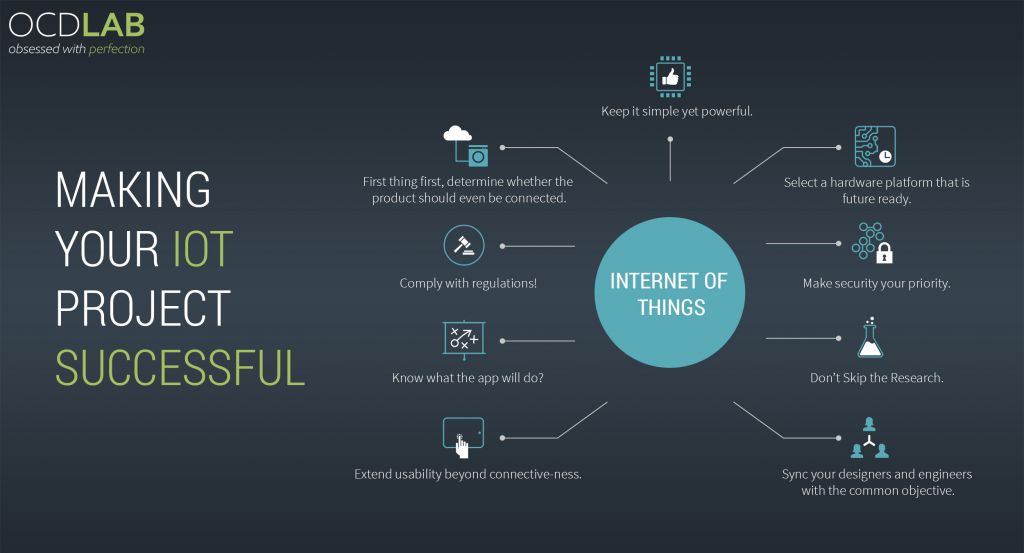IoT done right!
If you are reading this post, I would like to assume that you already know what is “internet of things” (IoT) and there is a fair chance that you are working on some idea to bring an old fashioned stand alone device to the internet.
Being in this business, we learn about some brilliant innovations every other day, but then there are times when it just doesn’t feel right. So, let us try to understand what is important and how to make your next IoT idea successful.
While it is easy to slap in devices together and get them to talk, the real value of an implementation lies in how quickly users adapt to these solutions and for how long they can serve. When investing in a project, it is important to think about building an environment and not just a device.
- 1. Always start with “why.”
First things first, think carefully if IoT deployment is even required. Half the ideas are not successful because they lack fundamental research on whether the operational set-up even requires the connectivity.
- 2. Select a platform that is future ready.
IoT is usually a custom built application to suit very specific needs. That means the supporting hardware, around that need, is specially designed. Making sure that such components will be available and reasonable in the long term is essential for future planning.
- 3. Comply with regulations.
Connected hardware relies on a network communication via signal transmissions. Therefore, it is critical that all products be tested and meet regulatory requirements. Emission safety and cellular carrier certifications must be taken into account while designing for internet of things.
- 4. Make security your priority.
Building a device that is secure is often a challenge when device security is an afterthought. Design your product that has end-to-end security factored into it. Making security an add-on feature is promising data leaks at the very first step.
- 5. Extend usability beyond connectivity.
Users must be able to rely on their device. That means extending usability even when the device is not connected. Build your device so that it makes the users in total control of what they own, even when they are not able to connect to others in the network.
- 6. Don’t Skip the Research.
IoT devices change the way people live and communicate with their surroundings. That is precisely the reason why anyone will use your solution. Ensure that you have researched how your product will help your customers. Do your due diligence on the idea before you decide to bring it to the market.
- 7. Know what the app will do.
As these ecosystems develop, it is imperative to assume that these devices will last for long. Make your device scalable enough to be used even after years of being commissioned with little or no modification.
- 8. Make your designers and engineers sync in with the common objective.
Your IoT device is more than a hardware and software jig. Make it an experience. While your developers work hard to build functionality, the designers should ensure that it looks million dollars without compromising the UX. Human-centered designs are essential for a successful implementation.
- 9. Establish a useful data analytics system for your device.
The amount of data that an implementation can collect makes it important for you to know how to use that information to your advantage. The data define the value of your product that it receives from connected products to help business decisions.
- 10. Keep it simple yet powerful.
The internet of things is not only adding connectivity to existing products but to build an ecosystem that makes each of the connected devices more efficient, they would be in isolation. While the users want to enjoy this complex system of seamless integration and intuitive interfaces, but only as long as the application is simple. Your product cannot afford a long learning cycle of the customer.









